The most beautiful supercars of the 1970s
The 1970s is often reflected upon as a dark decade for the automotive industry, thanks in part to the 1973 oil crisis, but it wasn’t quite so tough at the top. The supercar concept was just about to begin one of its most innovative, ground-breaking, and downright beautiful design eras... Here’s our top ten.
Lamborghini Espada
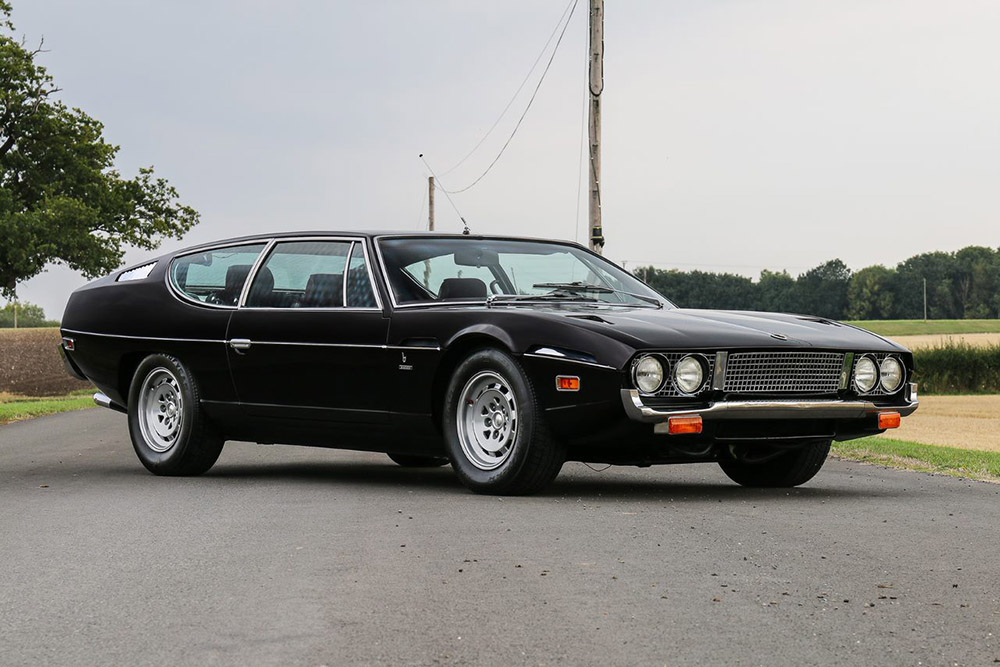
Credit: Silverstone Auctions
The Espada is a four-seater GT, designed by Marcello Gandini at Bertone, powered by an futuristic combination of a V12 engine, six Weber side-draft carburettors and 24 valves, commanded by two chain-driven overhead camshafts on each bank. The Espada remains achingly beautiful to us, although its often remembered as one of the most unusual supercars ever designed.
Aston Martin V8 Vantage
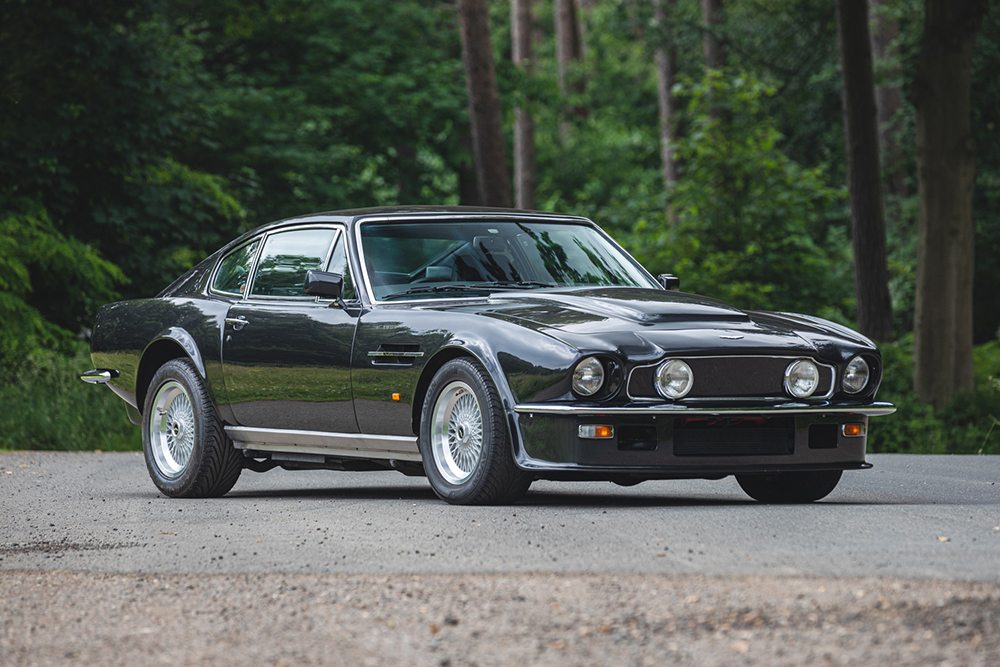
Credit: Silverstone Auctions
Introduced in 1977 and hailed as ‘Britain’s first supercar,’ many agree the V8 Vantage took inspiration from the Shelby Mustang, considering the use of its inset headlights and fastback roofline. It’s also aggressive looking, thanks to the front air dam and spoiler. Avid James Bond fans will remember it featuring in 1987’s The Living Daylights and 2021’s No Time to Die.
De Tomaso Pantera

Credit: Silverstone Auctions
The Pantera is a supercar which can trace its roots to three continents, thanks to an Argentinian founder, design and development history in Modena, Italy, and 5.8-litres of American muscle power from Ford. Designed by Tom Tjaarda of Ghia, the two-door, Italian-designed, mid-engine sports car was originally intended to help Ford rival Ferrari with an affordable GT sports car of its own. This meant that buyers had Italian supercar styling combined with world-class performance at a fraction of the price of competitors.
BMW M1

Credit: COYS
In the late 1970s, BMW and Lamborghini agreed to build a production racing car for homologation, designed by Giorgetto Giugiaro. The agreement was cut short and BMW produced the car themselves as the M1 – the first car to be developed by BMW’s M Division. The design was finished by Italengineering, formed by a group of ex-Lamborghini engineers. Outside, the fibre glass body was manufactured by Italian Resina in Modena, the body assembly and interior being completed by Italdesign in Turin. Final assembly of 453 examples took place at Baur in Germany, making it one of the rarest BMWs.
Maserati Bora

Credit: Maserati GB
The Bora was Maserati’s first mid-engine road car, of which 564 were produced from 1971-78. It featured Giorgetto Giugiaro’s wedge-shaped styling that would come to define the decade. The Bora’s futuristic front styling and pop-up headlights helped it cut through the air. The sleek side profile was centrally divided by a thin black rubber trim, with a Kamm tail at the rear.
Lamborghini Countach
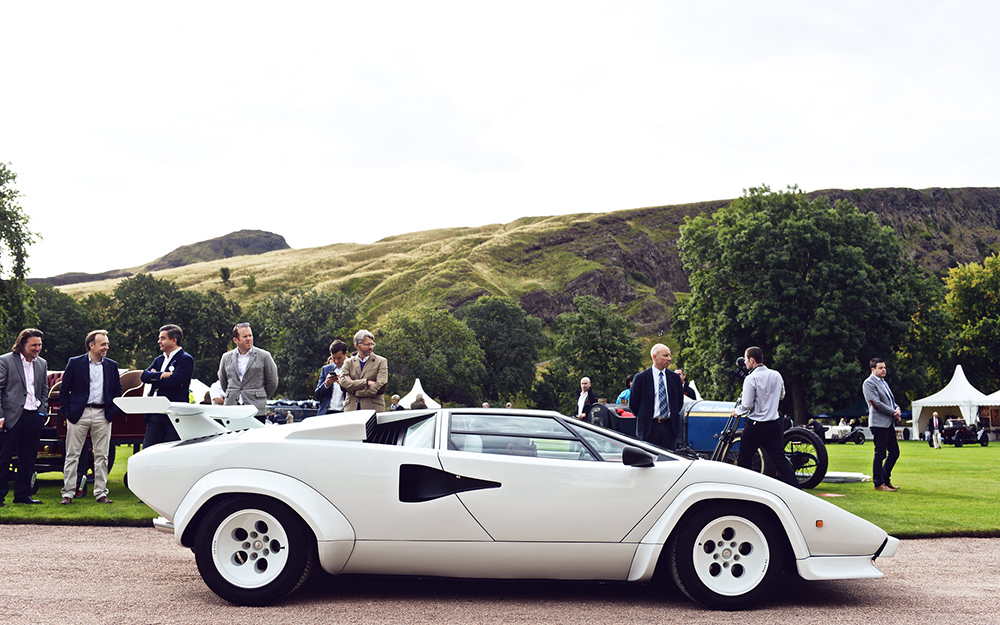
Credit: London Concours
No bedroom wall was complete without a poster of a Lamborghini Countach during the 1970s. The production version remained faithful to the concept and Mitja Borkert, current Head of Design of Lamborghini, describes the Countach’s design as: ‘made of perfect proportions, characterised by a very pure and essential style. Its distinguishing trait is given by a single longitudinal line that visually connects its front with its rear.’ The Countach’s iconic shape is characteristic of the decade.
Ferrari 365 GT4 BB
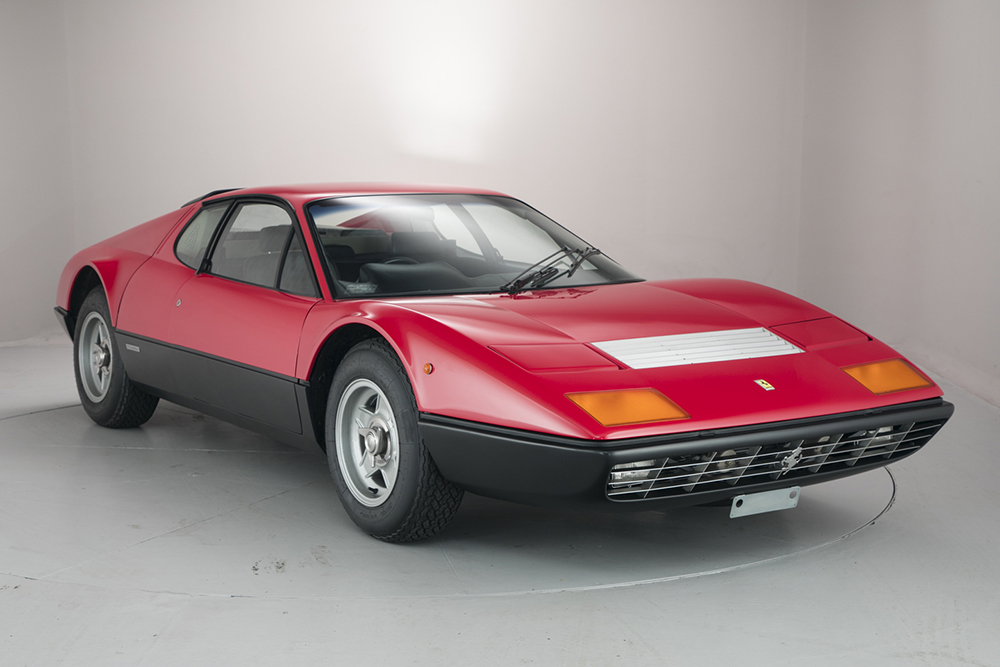
Credit: Hexagon
The mid-engine, flat-twelve Berlinetta Boxer (BB) replaced the front-engined Daytona in 1973. The change to a mid-engine layout was finally accepted by Enzo Ferrari, following years of convincing from engineers that buyers could handle it. Designed by Leonardo Fioravanti at Pininfarina, the BB featured a low, wedge-shaped nose with pop-up headlights and a steeply raked windscreen.
Lancia Stratos
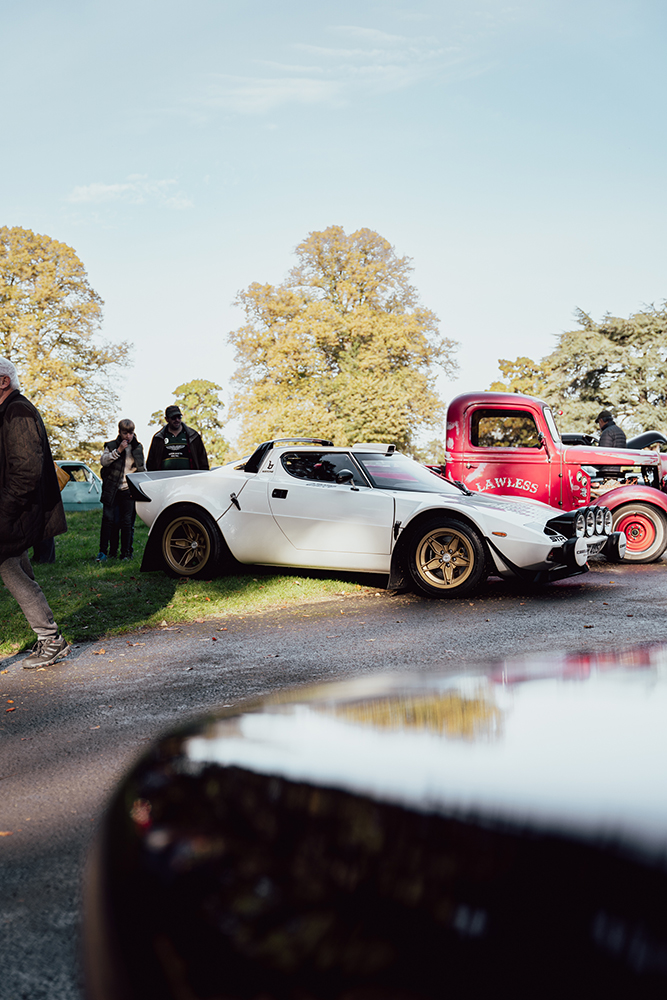
Bertone designed the striking ‘Stratos Zero’ concept around the running gear of a Fulvia Coupe and showed it off to Lancia workers by appearing at the factory gates and driving straight under the barrier, to rapturous applause. A year later, Lancia revealed the Lancia Stratos HF prototype with its iconic crescent-shaped wraparound windscreen at the 1971 Turin Motor Show, where it stunned crowds with its rakish supercar looks and compact wheelbase. But motorsport fans were drawn to something else: it weighed under a ton, was highly manoeuvrable and was powered by a mid-mounted 190hp Dino V6.
Lotus Esprit
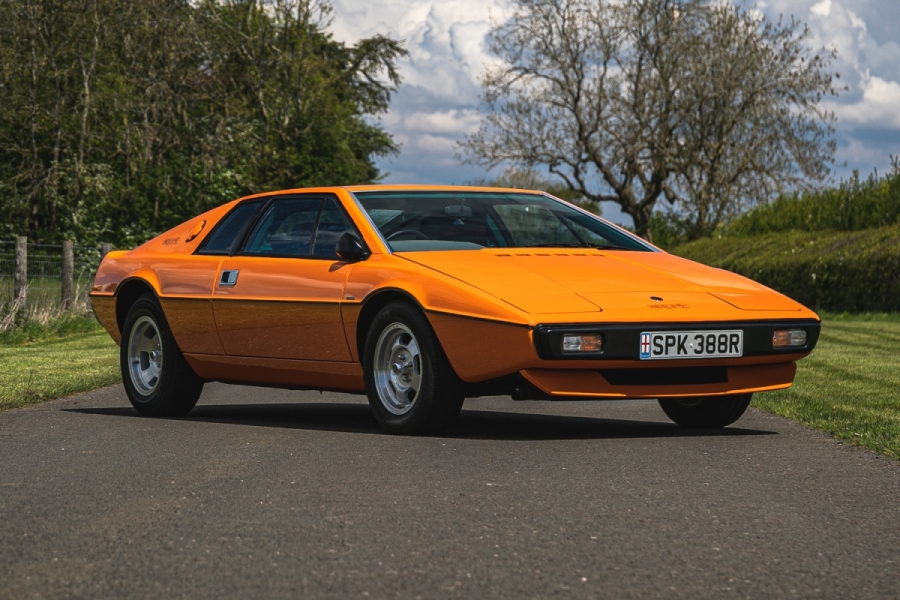 Credit: Classic Car Auctions
Credit: Classic Car Auctions
The British supercar was an immediate hit in 1976 and endured a long production run until 2004, which demonstrates how well the wedge-shaped styling aged. Designed by Italdesign, the Esprit was originally powered by Lotus’ own aluminium mid-mounted engine. A year later, the Esprit became famous overnight thanks to the 1977 James Bond film The Spy Who Loved Me. The film’s car chase saw the Esprit, driven by Roger Moore, turn into a submarine after entering the Corfu coastline.
Porsche 911 Turbo (930)

Credit: Silverstone Auctions
The 930 arrived on UK shores in 1975, with a 260bhp 3.0-litre Turbo, a wide body and a ‘whale tail’ rear spoiler. Two years later, all models were fitted with a boost gauge, brake servo and those iconic 16-inch Fuchs alloys as standard. 1978 saw the arrival of a 300bhp 3.3-litre model Type 930/60 engine with an intercooler, while the ‘whale tail’ rear spoiler was swapped for the ‘tea-tray’ design. It remains one of the most significant Porsche 911s in history and is credited with kickstarting the turbocharging era.
Not all supercars have the easiest start in life - read about the stories of the Cizeta Moroder and Bugatti EB110 here.

...and the Citroen SM? The Merak ran the same engine and shared a lot of the parts. Early Meraks also had the same interior!
Al, 13/03/2023
COMMENT